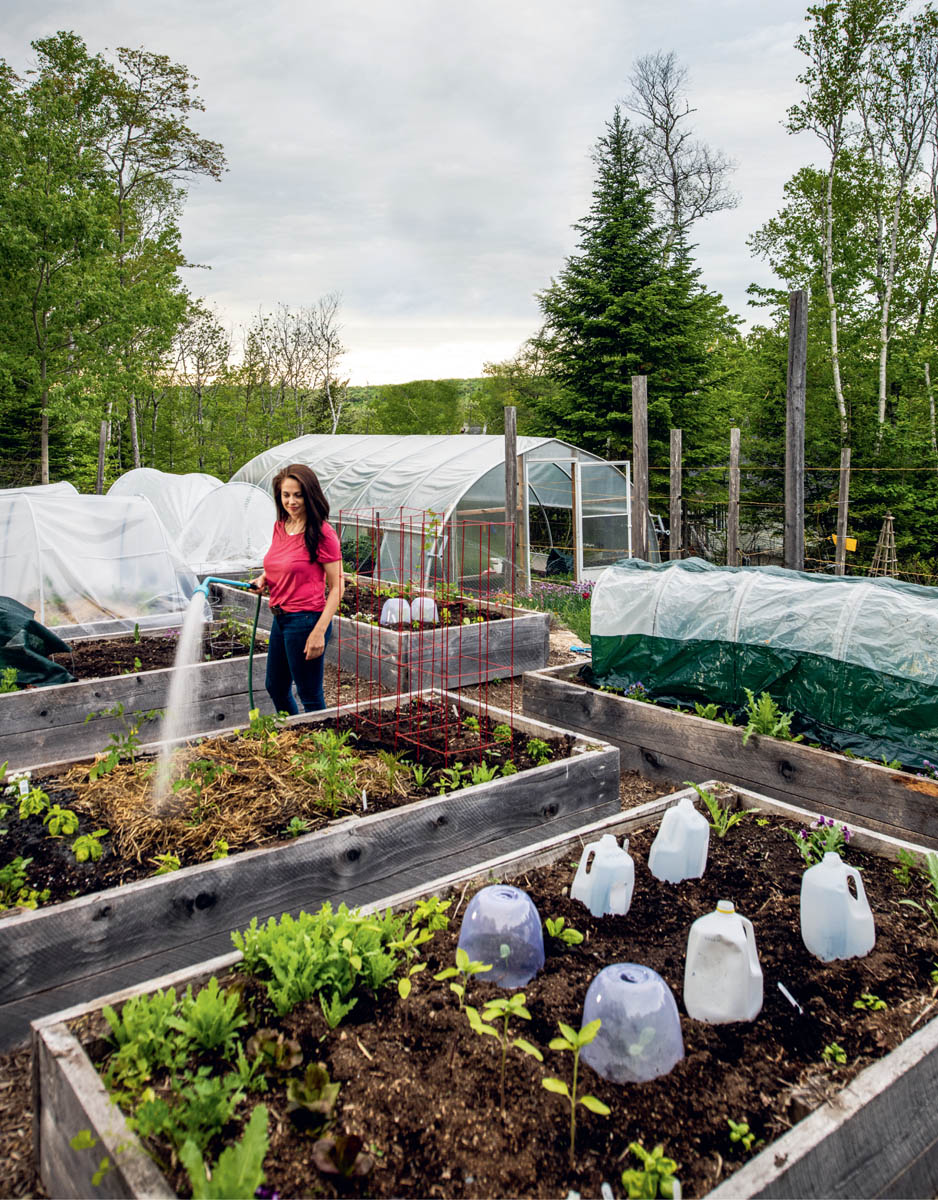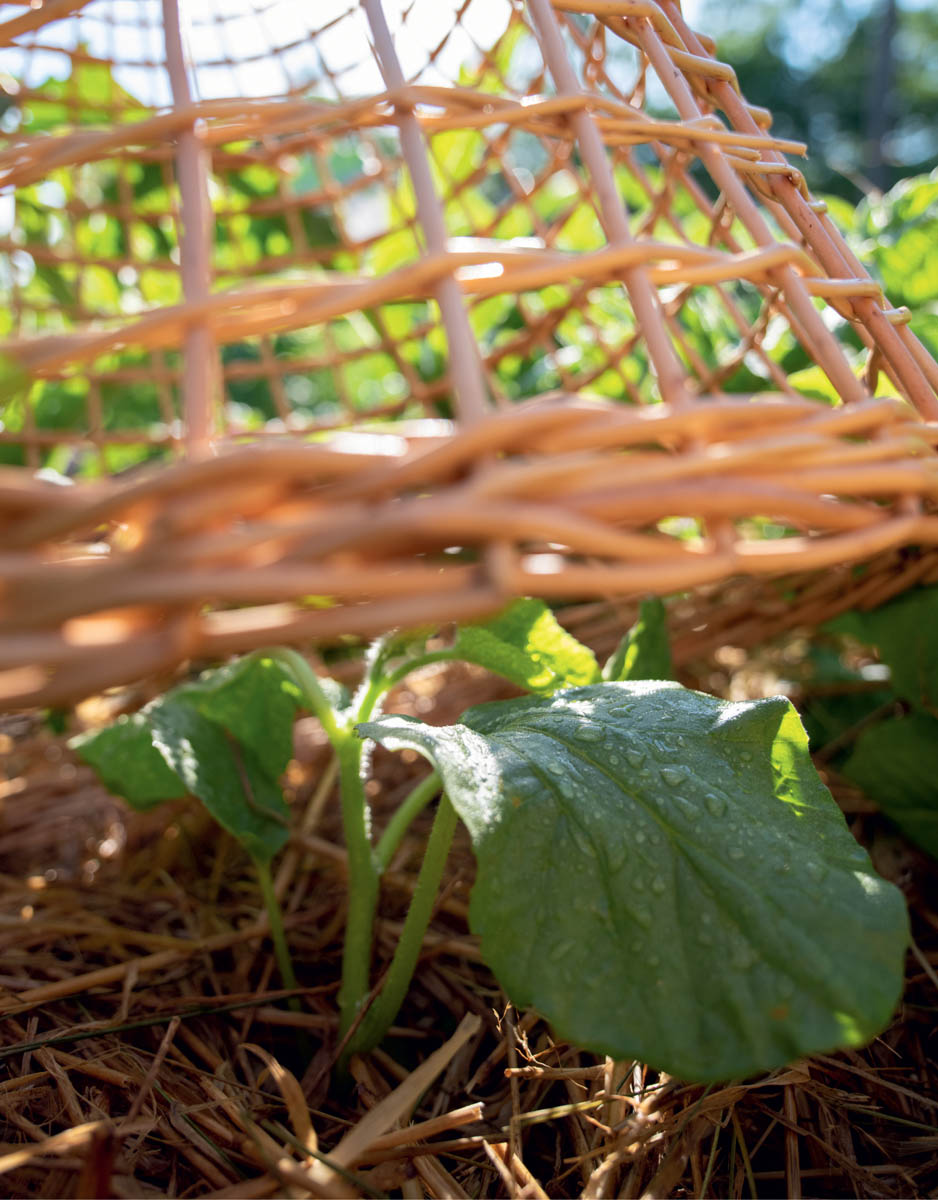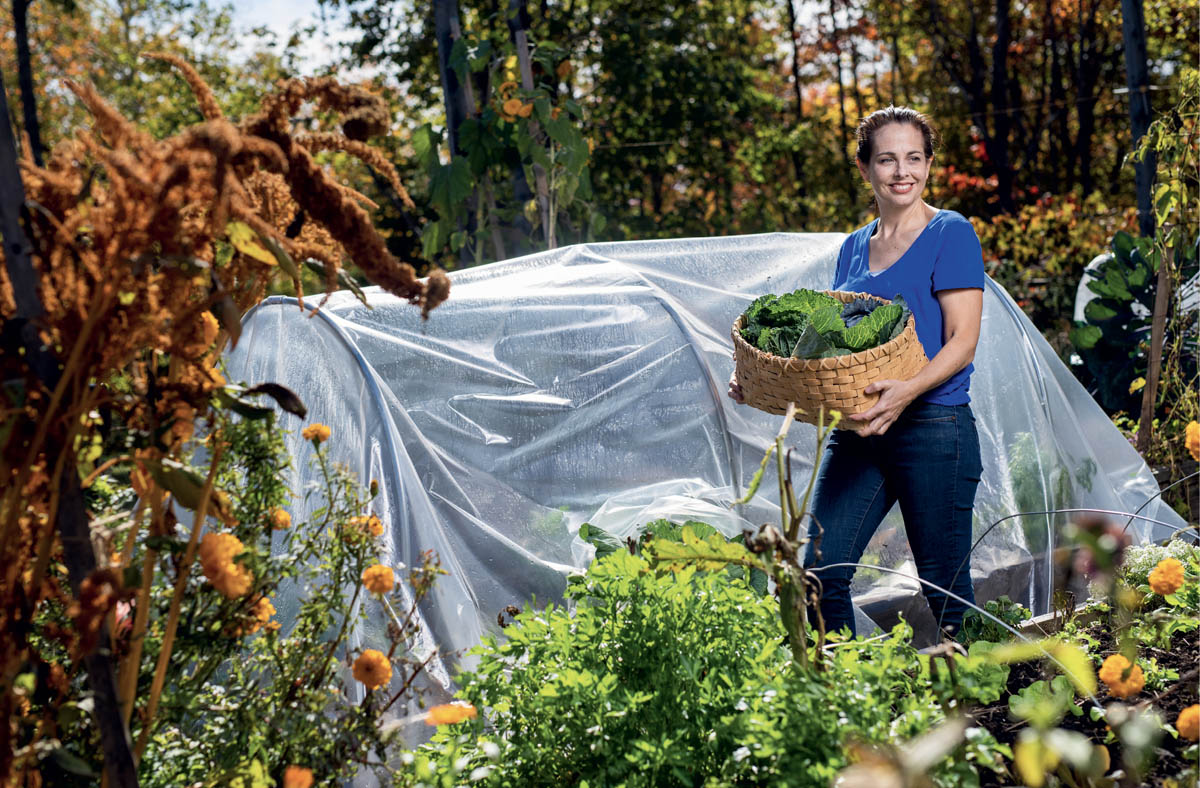The mission of Storey Publishing is to serve our customers by publishing practical information that encourages personal independence in harmony with the environment.
Edited by Carleen Madigan
Art direction by Carolyn Eckert
Book design by Carolyn Eckert and Erin Dawson
Indexed by Christine R. Lindemer, Boston Road Communications
Cover photography by Jeff Cooke/Cooked Photography
Interior photography by Jeff Cooke/Cooked Photography and Niki Jabbour, l.
Additional photography by Agriology/Alamy Stock Photo, r.
Text 2020 by Niki Jabbour
Ebook production by Slavica A. Walzl
Ebook version 1.0
December 25. 2020
All rights reserved. No part of this book may be reproduced without written permission from the publisher, except by a reviewer who may quote brief passages or reproduce illustrations in a review with appropriate credits; nor may any part of this book be reproduced, stored in a retrieval system, or transmitted in any form or by any means electronic, mechanical, photocopying, recording, or other without written permission from the publisher.
The information in this book is true and complete to the best of our knowledge. All recommendations are made without guarantee on the part of the author or Storey Publishing. The author and publisher disclaim any liability in connection with the use of this information.
Storey books are available at special discounts when purchased in bulk for premiums and sales promotions as well as for fund-raising or educational use. Special editions or book excerpts can also be created to specification. For details, please call 800-827-8673, or send an email to .
Storey Publishing
210 MASS MoCA Way
North Adams, MA 01247
storey.com
Library of Congress Cataloging-in-Publication Data
Names: Jabbour, Niki, author.
Title: Growing under cover / Niki Jabbour.
Description: North Adams, MA : Storey Publishing, [2020] | Includes index.
Identifiers: LCCN 2020028928 (print) | LCCN 2020028929 (ebook) | ISBN 9781635861310 (paperback) | ISBN 9781635861327 (ebook)
Subjects: LCSH: Vegetable gardening. | Greenhouse gardening. | Cloche gardening. | Cold-frames.
Classification: LCC SB321 .J3195 2020 (print) | LCC SB321 (ebook) | DDC 635dc23
LC record available at https://lccn.loc.gov/2020028928
LC ebook record available at https://lccn.loc.gov/2020028929
For Dany, Alex, and Isabelle
And for all the gardeners who deal with frost, hail, wind, drought, cold, heat, insect pests, deer, groundhogs, and squirrels. This ones for you.
Contents
Why Im an Under Cover Gardener
I am an under cover gardener. And no, that doesnt mean Im a garden spy covertly peeking through the hedge at my neighbors veggie patch. It means Im a gardener who uses simple but effective covers to grow more food.
My own introduction to gardening under cover began with a pop-up polytunnel. I was only 16 years old but was already starting seeds indoors, growing herbs in pots, and had taken control of the family vegetable garden. The simple structure, which was a gift from my parents, was really more of a small, clear tent, measuring just 6 by 8 feet. And boy, did I love it.
That first spring, I stuffed it full of all the seedlings I had grown on my mothers dining room table (hey, now I get why they gave me a polytunnel!). It didnt take long for me to learn that a covered structure warmed up quickly, even on cold days, and produced sturdy, stocky seedlings.
I had a lot of fun with that little polytunnel, but it was flimsy and only lasted a few years. Soon, I was off to university and it would be 7 years before I had my own garden space again. However, once I was back in the garden, I quickly rediscovered just how handy season extending garden covers could be.
In my first book, The Year-Round Vegetable Gardener, I shared some of my favorite techniques for harvesting homegrown vegetables and herbs in all seasons (including winter!). Today, I still use those methods, but Ive also added new types of covers and structures to my food garden, to boost yields and grow healthier, higher-quality vegetables. I use more shade cloth in my summer garden to extend the harvest of cool season greens. I switched from PVC to metal hoops for my mini hoop tunnels because theyre much stronger, and I added a 14-by-24-foot unheated polytunnel.
The tunnel offers plenty of space for year-round harvesting, but its also become my garden sanctuary; I can escape to the veggie patch no matter the outside weather. Its almost always spring in the polytunnel. And with that in mind, we gave up a bit of growing space in the back corner of the tunnel to create a small indoor patio. Its the perfect spot to sow seeds, get some writing done, or just enjoy a cup of tea surrounded by a jungle of veggies.
That said, you dont need a big space or a huge garden to use the methods featured in this book. Many of my under cover techniques can be used in super small gardens, a single raised bed, or even containers on a deck or patio. You also dont need to spend a lot of money to become an under cover gardener. There are many inexpensive or free! types of covers that you can put to work in your garden.
Ive learned a lot about matching covers to crops. The types of covers and structures I use depend on the season and the crops being grown. Of course, theres also a lot of overlap, as many of the covers can be used in more than one season. For instance, I use row covers in spring, summer, fall, and winter, but shade cloth is really just for summer.
Gardening under cover is not just about sheltering crops from cold or heat. It can also be a temporary fix for inclement weather like hail, downpours, or strong winds. Or a way to keep birds, deer, groundhogs, rabbits, and other pests away from your vegetables. I battle deer on a daily basis, and a simple length of netting floated on mini hoops helps give young seedlings a deer-free head start.
Covers also help keep insects like flea beetles, cabbage worms, and cucumber beetles from decimating my crops. They can even reduce the occurrence of diseases like tomato blight, which is devastating to garden-grown tomatoes; those grown in greenhouses or polytunnels are less susceptible to this common fungus.

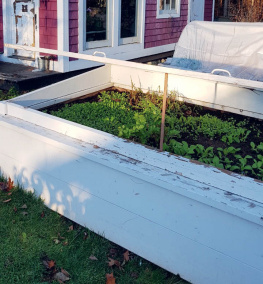

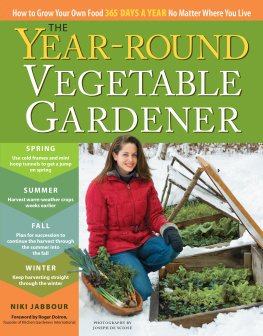
![Dowding - The Year-Round Vegetable Gardener’s Bible [7 Books in 1]](/uploads/posts/book/453239/thumbs/dowding-the-year-round-vegetable-gardener-s.jpg)





